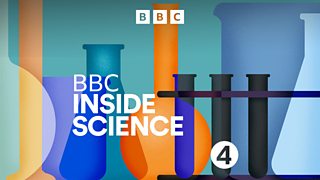Locusts - Snails’ Migratory Trails
Quentin Cooper finds out how the animals our ancestors took with them on their journeys, however unwittingly, are helping researchers trace ancient migrations.
Locusts
As the authorities in Yemen prepare to wage war against a plague of locusts in the country’s inhospitable interior, and as authorities in Pakistan and India heave a sigh of relief that a threatened invasion of the voracious insects into the subcontinent has failed to materialise, we hear about the bizarre behaviour of these members of the grasshopper family, and how plagues of them develop and be controlled.
Iain Couzin has been studying the different phases of locust behaviour in his Oxford lab; and Roy Bateman helped develop Green Muscle, a natural pesticide based on a fungus that selectively attacks locusts.
Snails’ Migratory Trails
It’s surprisingly hard to trace where humans are from based on their DNA. Over the years we’ve all intermingled and inter-married too much to make such studies terribly meaningful on scales much smaller than continents.
But as the glaciers retreated at the end of the last ice age and humans spread into the new territories they brought with them many different animals, and studies of their DNA heritage – coupled with archaeological evidence - are providing scientists with valuable insights into the routes the early humans took.
As he tells Quentin this week, Dr Angus Davison of Nottingham University’s school of biology is inviting inhabitants of parts of Ireland and the Scottish Isles to send him snails – the perhaps unwitting companions of some of the earliest human pioneers – to help him map the early migrations.
And Dr Keith Dobney from the University of Durham’s Archaeology department talks of his work studying pigs and the spread of animal husbandry as modern human life took hold.


